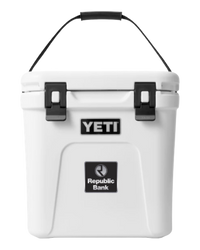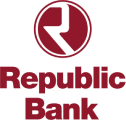You might be familiar with the term “overdrafts” throughout the years you’ve had bank accounts. Typically, it is referred to as the point when you have spent more money than exists in your account and your bank will charge you an overdraft fee for having insufficient funds. This is what you’d normally see with a personal overdraft.
However, there is another form of over drafting called “business overdrafts” that functions a little differently and can actually be seen as way to manage cash flow if you need it. We’ll break down the differences, pros and cons, and help guide you through the overdraft process as a small business owner.
Understanding Business Overdrafts
A business overdraft is an agreement with your bank or financial institution that actually allows you to withdraw more money from your business checking account than its current balance. It is essentially a form of short-term borrowing that can be useful if you need temporary funds for a drop in cash flow or unexpected expenses. The agreement allows you to withdraw in excess up to a pre-defined maximum.
There are two types of business overdrafts: formal and informal. A formal overdraft is agreed upon by you and the bank in advance and establishes a borrowing limit and interest rate. An informal overdraft has no formal agreement in place, and the bank covers the cost if you spend beyond your account limit. But without a formal agreement, the cost of an informal overdraft is higher and has a shorter repayment window.
The Pros and Cons of Business Overdrafts
There are many benefits to having a business overdraft in place as a small business, but there can also be some downsides or reasons you may want to avoid them. It’s important to consider all these factors before agreeing to overdraft terms.
Pros
- Cash flow control — Overdrafts provide businesses with flexibility and convenience which enables them to manage cash flow more effectively when they come across unexpected bills or budget gaps.
- More efficient funding — For the short term, overdrafts provide a more cost-effective borrowing alternative to traditional funding like loans or lines of credit because you only have to pay interest on the funds you actually use.
- Quick access — Business overdrafts enable companies to get nearly immediate access to money without having to swim through complicated approval processes or provide collateral.
- Covering unexpected disruptions — You may come across external situations that threaten your cash flow, such as a customer being uncharacteristically late paying an invoice. You can use a business overdraft to help cover those costs and keep cash flow in check.
- Revolving credit — A business overdraft is a revolving form of credit in which your business can repay the borrowed amount and then borrow again up to the defined limit. This is similar to a line of credit, but you don’t have to go through a long application process to get approved and repayment terms may vary.
Cons
- High interest rates — Overdrafts usually go hand-in-hand with high interest rates and fees and the costs of borrowing are often much higher than other forms of financing. This can be burdensome, especially if you use the overdraft frequently.
- Long-term instability — Business overdrafts are meant to be used in the short term to cover small gaps, but they aren’t a dependable solution for long-term financial needs or as a regular source of funding.
- Losing the bigger picture — If you rely on overdrafts as a regular source of funding, you risk becoming dependent on it and fail to address bigger underlying financial issues or poor business management. This adds risk to your financial stability over time.
- Limited credit — Overdrafts have pre-set limits that if exceeded may cost you additional penalties and fees or have your overdraft facility revoked. This leaves you without that overdraft safety net should something unexpected come up.
Speak with Your Financial Institution
To learn more about the business overdraft options you have available to you at your bank or financial institution, be sure to reach out to your bankers and advisors. They will be able to tell you everything you need to know about the process of getting an overdraft, what your repayment terms will be, and what the interest rates are.
At Republic Bank, we have experts on staff ready to help you better manage your business finances and get you connected to the best funding options for you. You can reach us by phone at 800-526-9127 or read our other posts for more money management tips.







